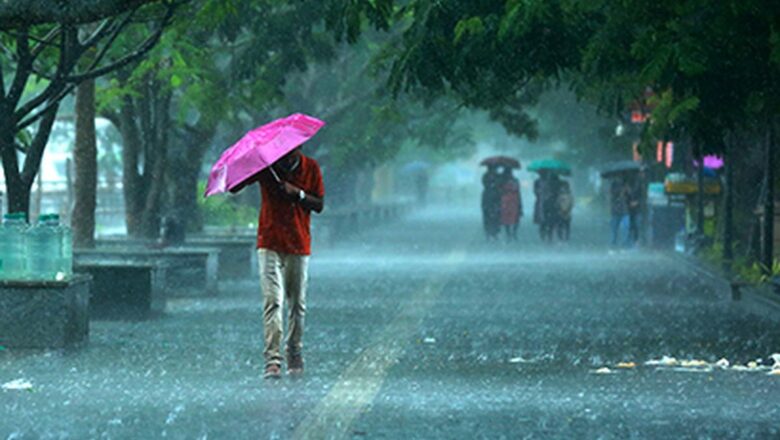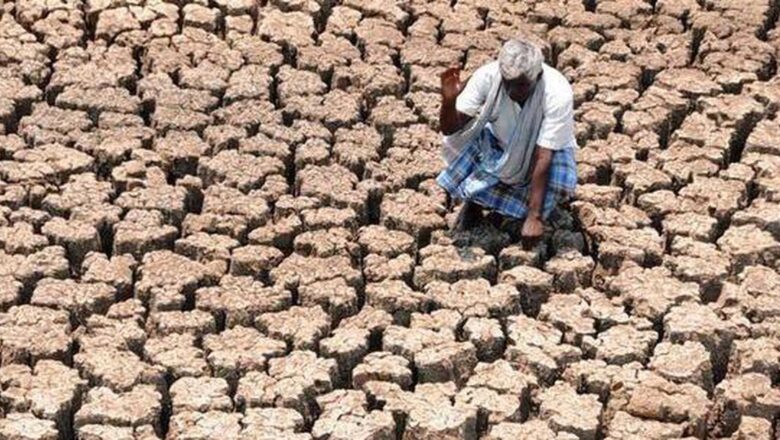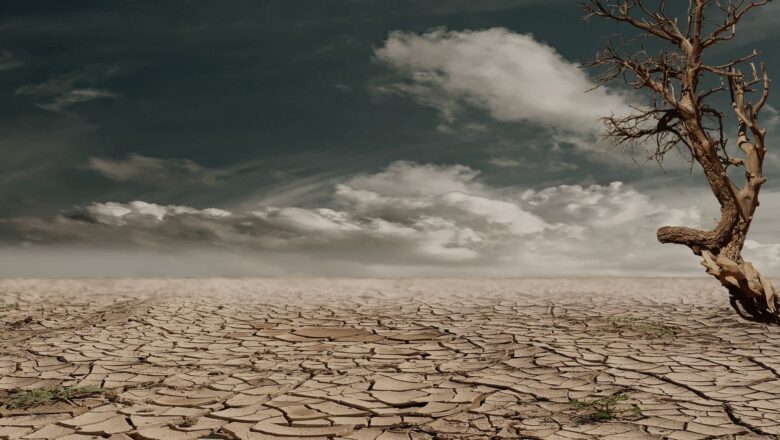
Supreme Court Seeks Govt Response on Plea Over Heatwave Deaths, Demands Accountability on National Guidelines
Taking serious note of rising fatalities due to heatwave conditions in India, the Supreme Court has asked the central government to respond within two weeks to a Public Interest Litigation (PIL) that alleges negligence in enforcing existing national guidelines meant to manage and mitigate extreme heat events.
The case, brought before a bench comprising Chief Justice B.R. Gavai and Justice Augustine George Masih, points to the death of more than 700 people due to heatwave and heat stress in the previous year alone. Filed by environment activist Vikrant Tongad, the petition seeks urgent implementation of nationwide Heat Action Plans (HAPs) in accordance with the guidelines framed by the National Disaster Management Authority (NDMA) in 2019.
The plea has highlighted that despite clear m...








